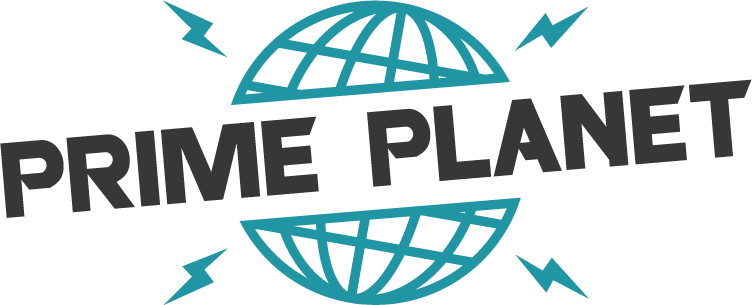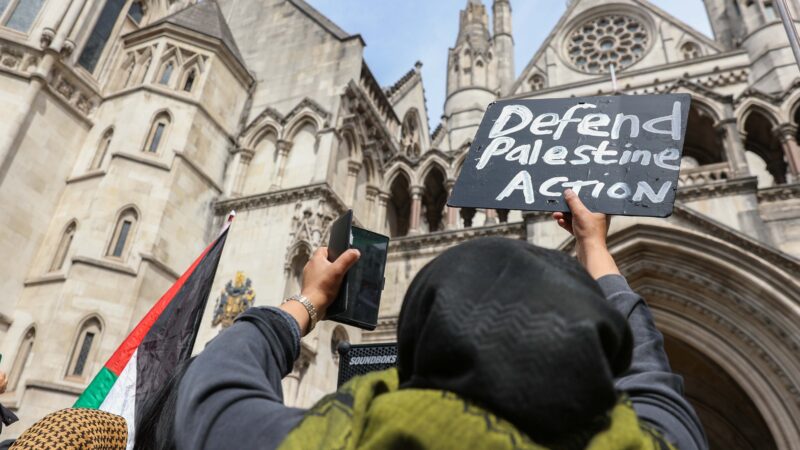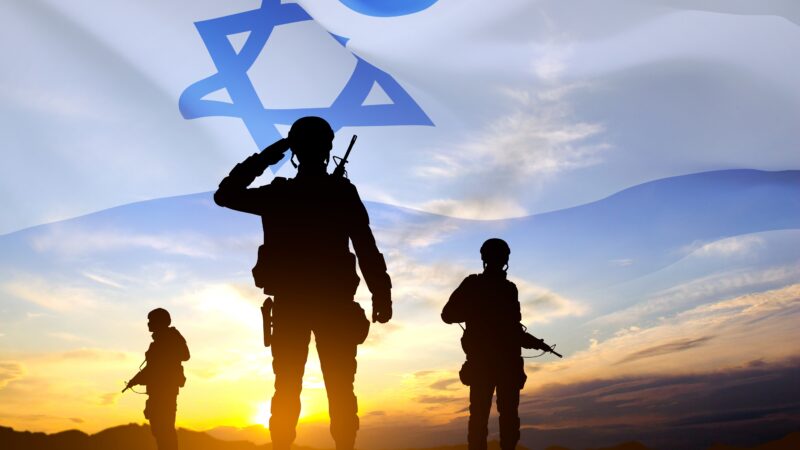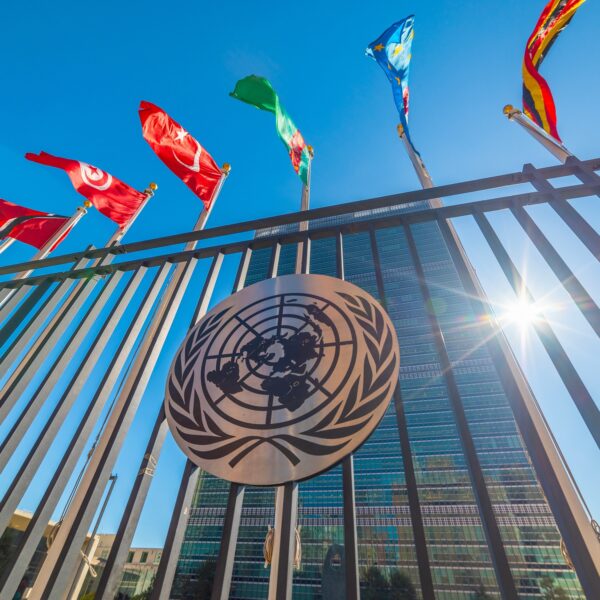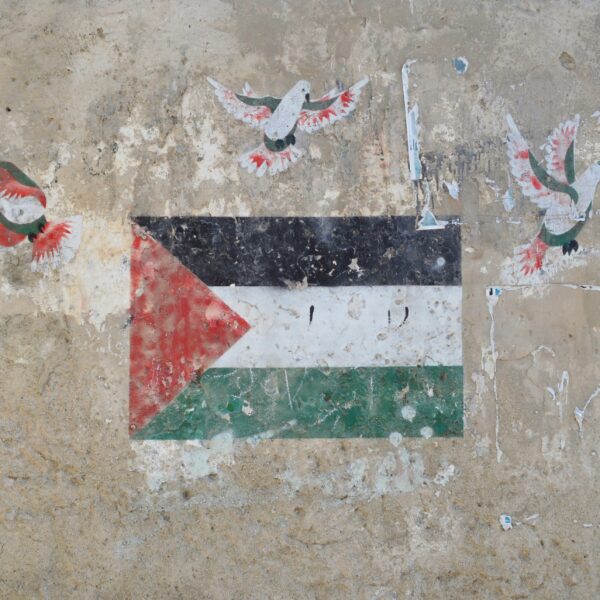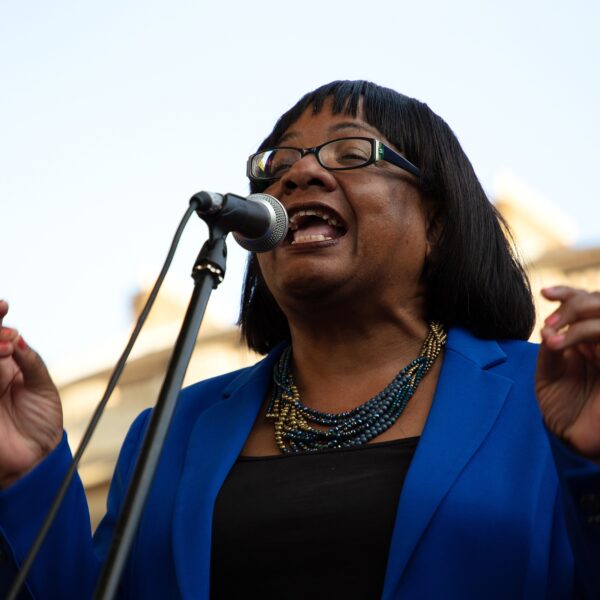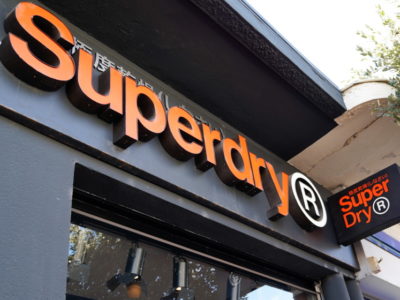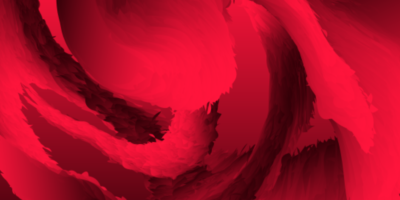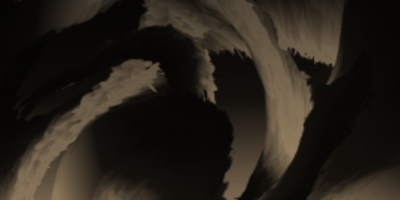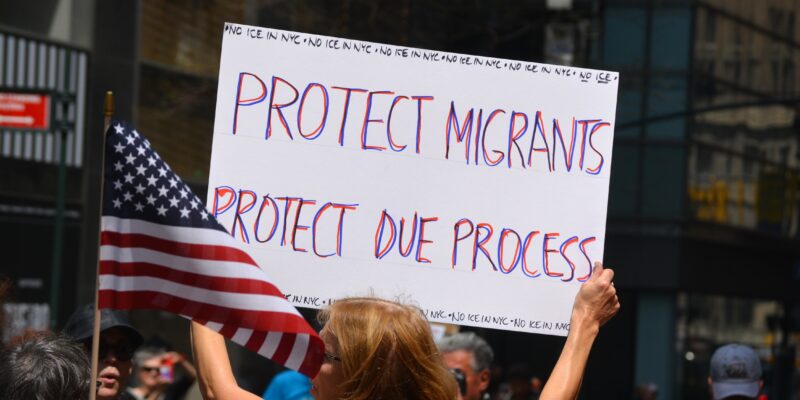
Trump’s Immigration Crackdown Spark Citywide Protests
Los Angeles has been rocked by days of unrest following a surge in federal immigration raids ordered by President Donald Trump.
The protests erupted after Immigration and Customs Enforcement (ICE) agents arrested over 120 undocumented immigrants in Latino-majority neighborhoods across the Los Angeles area, part of what Trump has called the “biggest deportation operation” in U.S. history.
To support ICE, Trump deployed 2,000 National Guard troops to Los Angeles on Saturday—followed by another 2,000 troops and 700 U.S. Marines on Monday. The president invoked a rarely used federal authority to bypass California Governor Gavin Newsom, marking the first unilateral National Guard deployment in a U.S. state since 1965. Newsom called the move “illegal” and filed a lawsuit accusing the administration of violating the Constitution’s Tenth Amendment, which reserves powers for the states.
Protests began peacefully on Friday but escalated over the weekend. Demonstrators blocked traffic on the 101 Freeway, set self-driving vehicles on fire, and clashed with police near the downtown Federal Building, where ICE detainees were reportedly being held. The LAPD declared parts of the city an “unlawful assembly” zone, deploying riot police and using flash-bang grenades and tear gas to disperse crowds. Over 50 arrests were made in Los Angeles alone; an additional 60 people were arrested in San Francisco.
While the unrest has largely been concentrated in downtown LA and suburbs like Paramount and Compton, the protests underscore deep tensions over Trump’s immigration policies. ICE operations have expanded to workplaces including restaurants and retail stores, with the White House setting a goal of 3,000 arrests per day.
California officials argue that the use of military forces to assist in civilian immigration enforcement is both inflammatory and unconstitutional. The troops are not authorized to make arrests but are deployed to protect ICE and Department of Homeland Security personnel.
Despite growing criticism, Trump has doubled down, framing the unrest as a test of “law and order” and suggesting further federal involvement if needed.
